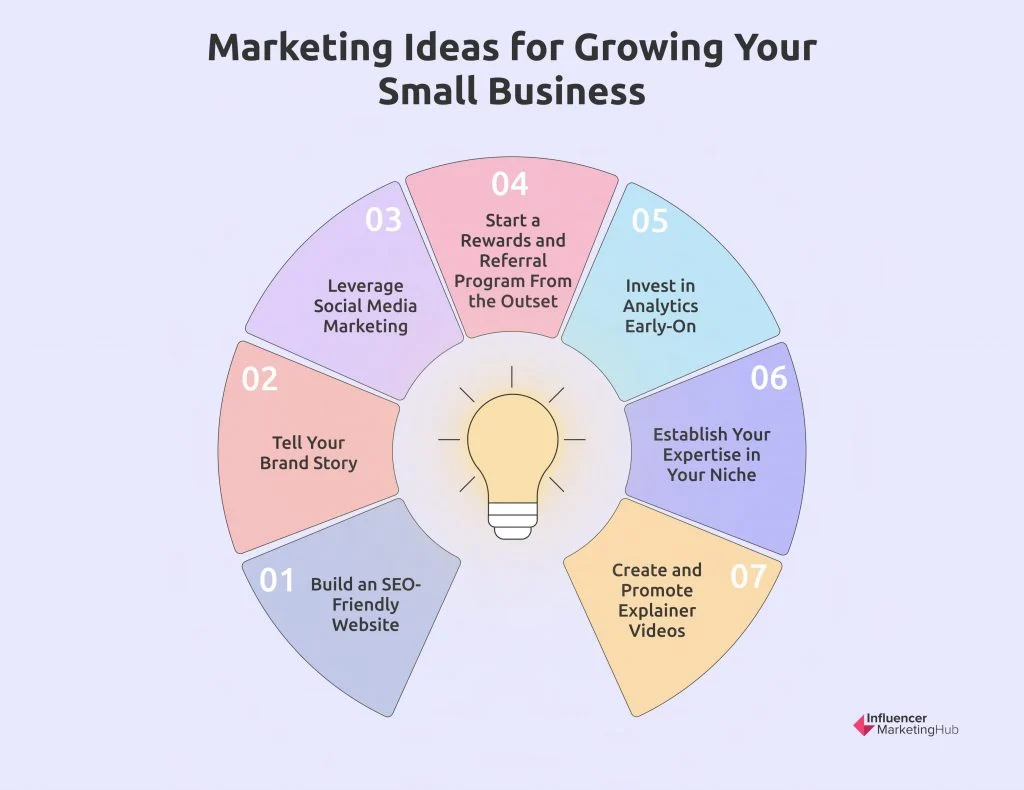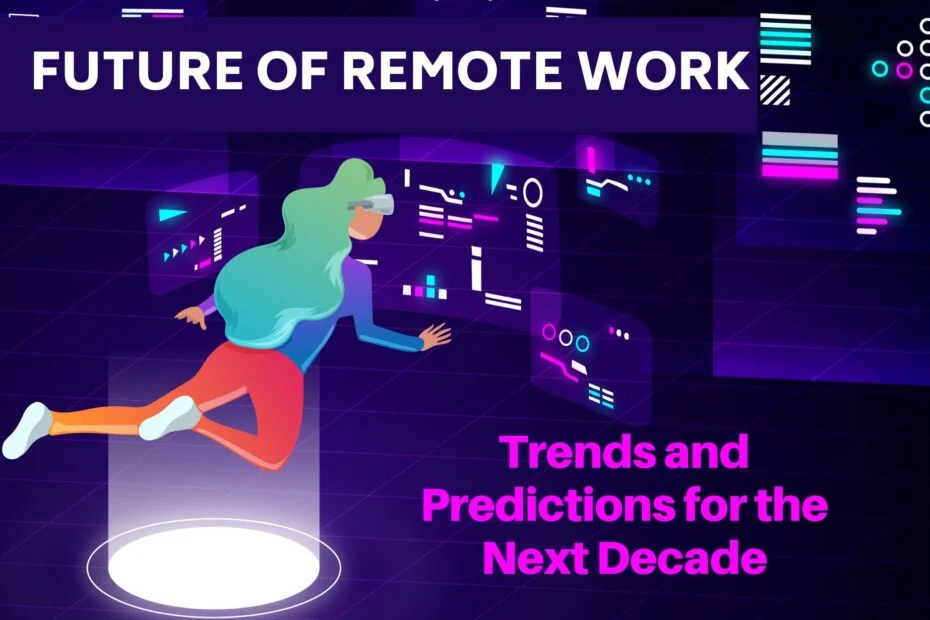OpenAI nonprofit is poised to maintain a pivotal role in steering its for-profit business as part of its newly adjusted organizational structure. This strategic decision follows a wave of concerns from various stakeholders, including California nonprofits and civic leaders, who have been vocal about ensuring the safety of OpenAI’s charitable assets. By keeping the nonprofit in control, OpenAI aims to balance its mission of advancing artificial intelligence with the need for private capital, especially in light of significant investments amounting to $40 billion. Notably, CEO Sam Altman has emphasized that the nonprofit will remain a major stakeholder, enabling it to further its public benefit objectives while navigating the competitive AI landscape. As discussions continue with influential figures, including those from Microsoft and the state attorneys general, the OpenAI nonprofit’s focus on responsible AI development remains at the forefront of its strategic discussions.
The structure of OpenAI is evolving, with its nonprofit branch committed to overseeing the operations of its lucrative enterprise. Following feedback from community leaders and advocacy groups, the decision to preserve nonprofit oversight is seen as a crucial step in ensuring ethical AI development while driving innovation within the realm of technology. This shift also comes amidst growing scrutiny regarding the implications of transforming charitable foundations into profit-generating entities. By collaborating with various institutions and garnering insights from experts, the organization aims to maintain its public benefit ethos while adapting to the ever-changing demands of the AI industry. With prominent figures like Sam Altman at the helm, OpenAI is striving to strike a balance between entrepreneurship and ethical responsibility.
OpenAI’s Nonprofit Leadership in For-Profit Structure
OpenAI’s decision to maintain its nonprofit’s leadership over its for-profit operations serves as a significant development in the landscape of artificial intelligence. Founded in 2015 as a nonprofit research lab, OpenAI has consistently prioritized ethical considerations alongside technological advancements. By ensuring that its nonprofit remains in control, OpenAI aims to balance profit motives with social responsibility. This structure could potentially establish a new precedent in the AI industry, demonstrating that profitability and altruism can coexist.
As entities like Meta and other philanthropic organizations raise concerns, the commitment of OpenAI’s nonprofit to oversee its commercial ventures is a step towards enhancing transparency and accountability. This approach affirms Sam Altman’s leadership vision, suggesting that a for-profit business can still uphold values aligned with public benefit. The underlying goal is to ensure that the powerful advancements in AI technology are used to benefit society as a whole, rather than being solely driven by profit.
Transitioning to a Public Benefit Corporation
OpenAI’s transition from a nonprofit to a public benefit corporation focuses on the need for additional funding while still adhering to its original mission. The structure change aims to optimize fundraising efforts, especially considering the rapid increase in competition within the artificial intelligence market. The announcement of this transformation also highlights the substantial investment OpenAI has received, amounting to $40 billion, which is crucial for sustaining its research and development initiatives.
However, this transition raises vital questions regarding the independence of the OpenAI nonprofit in the face of a profit-driven business model. Critics, including members of a coalition of California nonprofits and labor groups, are concerned about the potential risks of losing focus on the humanitarian goals that initially motivated OpenAI’s creation. This nuanced dialogue surrounding the public benefit corporation structure reveals the complexities and considerations that AI nonprofit control will continue to face.
Addressing Concerns About AI Nonprofit Control
The balance between innovation and ethical responsibility is at the forefront of discussions regarding OpenAI’s nonprofit control. Fred Blackwell, CEO of the San Francisco Foundation, highlighted the ongoing challenges faced by OpenAI as it navigates its transition. While the organization has pledged that its nonprofit board will maintain significant oversight, apprehensions remain regarding how this will manifest in practice. The integration of nonprofit commissioners, such as labor leader Dolores Huerta, is crucial in amplifying philanthropic efforts and addressing societal needs in AI.
This emphasis on nonprofit control suggests a shift in the core values of AI development, where organizations prioritize community benefits alongside technological advancements. As OpenAI continues its dialogue with civic leaders and state attorneys general, it may serve as an illuminating case study for other startups in the AI field. The landscape of tech innovation requires entities like OpenAI to prioritize the interests of diverse communities, ensuring that advancements in AI are equitable and just.
The Role of Sam Altman in OpenAI’s Direction
Sam Altman, as CEO of OpenAI, plays a pivotal role in steering the organization through its current structural changes. His expression of commitment to maintaining nonprofit control over the for-profit business illustrates a vision where ethical considerations guide corporate strategies. This leadership style promotes the idea that successful business practices can align with altruistic missions, fostering a more sustainable approach to AI development.
Altman’s proactive communication with stakeholders—including civic leaders and regulatory bodies—signals a willingness to address concerns transparently. The complexity of transitioning to a public benefit corporation, while ensuring continued nonprofit oversight, reflects Altman’s strategic foresight. His efforts could serve as a beacon for how technology-driven organizations can merge innovation with community advocacy, ultimately reshaping perceptions of corporate responsibility in the tech sector.
OpenAI’s Financial Strategy in a Competitive Market
In the face of increasing competition among AI firms, OpenAI’s decision to pursue a financial strategy focused on raising capital through its new public benefit corporation structure is a calculated risk. The substantial funding received positions OpenAI to expand its offerings and invest heavily in research and development. By becoming a public benefit corporation, the organization aims to showcase that financial strength need not come at the expense of its mission to ensure AI benefits humanity.
This strategic financial approach not only enhances OpenAI’s market position but also raises questions about the sustainability of balancing profit with purpose. If successful, OpenAI could demonstrate how a nonprofit spirit can effectively coexist within a corporate framework, influencing other organizations in the AI space to adopt similar structures. Ultimately, the challenge lies in ensuring that financial growth does not overshadow ethical imperatives central to OpenAI’s founding principles.
Public Benefit Corporations: A New Paradigm in Tech
The emergence of public benefit corporations, particularly in the tech industry, represents a significant shift in how business objectives can align with social good. OpenAI’s transition marks a considerable moment in this movement, as it navigates the dual responsibilities of generating profit while serving the public interest. This innovative corporate structure allows for a unique synergy between traditional business models and nonprofit goals, potentially redefining success in the technology sector.
Other companies, such as Anthropic and Musk’s xAI, have also embraced this model, indicating a growing trend among technology firms to incorporate social responsibility into their core operations. The implications of this movement extend beyond profitability; they suggest that companies can take an active role in addressing global challenges while remaining competitive in a rapidly evolving market. OpenAI’s path could serve as a template for future enterprises seeking to harmonize profit-making with positive societal impact.
Community Engagement and AI Development
As OpenAI transforms its organizational structure, engaging with community stakeholders becomes increasingly vital. The incorporation of feedback from nonprofits, civic leaders, and regulatory bodies indicates a commitment to prioritize the societal implications of AI technology. This engagement helps establish trust within communities and ensures that developments are informed by diverse perspectives and needs.
Furthermore, OpenAI’s efforts to encourage broader community participation in decisions concerning AI development affirm its dedication to creating technology that is not only advanced but also equitable. As part of the evolution of the company, fostering inclusive dialogues around the applications of AI can significantly influence public perception and acceptance, ultimately shaping the future trajectory of artificial intelligence as a force for good.
Legal and Ethical Considerations for OpenAI
The legal landscape surrounding AI and corporate structures presents a complex web of challenges for OpenAI, particularly as it transitions to a public benefit corporation. Concerns raised by state attorneys general and regulatory bodies may prompt further scrutiny into how assets are managed and how social missions are prioritized amidst profit-driven goals. Altman’s commitments to uphold nonprofit oversight demonstrate an understanding of these potential pitfalls and the importance of ethical governance.
In navigating these legal complexities, OpenAI sets a precedent for accountability in the tech sector. Ensuring that operations align with ethical standards while satisfying legal expectations will be crucial as they move forward. By prioritizing transparency and ethical control, OpenAI can mitigate risks and solidify its reputation as a responsible leader in artificial intelligence.
Looking Ahead: The Future of AI Nonprofits
The future of AI nonprofits like OpenAI hinges on its ability to innovate while staying true to its core mission of benefiting humanity through technology. As organizations increasingly adopt hybrid models that blend nonprofit goals with profit-driven incentives, the landscape of AI development will continue to evolve. Observing how OpenAI navigates its operational changes will inform the strategies of future entities in the tech sector.
Ultimately, the effectiveness of OpenAI’s structure will be judged on its ability to deliver tangible benefits to the community while sustaining business viability. The pathway it has chosen could inspire a new wave of organizations committed to harnessing the power of artificial intelligence in ways that elevate and empower various communities globally.
Frequently Asked Questions
What is the role of the OpenAI nonprofit in controlling its for-profit business?
The OpenAI nonprofit plays a crucial role in overseeing its for-profit business operations, ensuring that its mission aligns with public benefit objectives. This structure allows the nonprofit to maintain governance over the for-profit side, creating a balance between profitability and community benefit.
How has the OpenAI structure change affected its funding strategies?
The OpenAI structure change from a nonprofit to incorporating a public benefit corporation enables the organization to secure more funding, as it can attract investors interested in the profitability of AI ventures while still adhering to its core mission of benefiting society.
What has Sam Altman stated regarding the OpenAI nonprofit’s control?
Sam Altman, the CEO of OpenAI, has affirmed that the OpenAI nonprofit will retain control over its for-profit business, ensuring that profit-seeking strategies do not compromise the nonprofit’s commitment to public benefit.
How does the public benefit corporation model work for OpenAI?
OpenAI’s public benefit corporation model allows the organization to operate commercially while adhering to its mission of advancing AI technology for the public good. This model is structured to prioritize both financial sustainability and societal impact.
What concerns have been raised about OpenAI’s transition to a for-profit public benefit corporation?
Critics, including a coalition of California nonprofits and philanthropic leaders, have raised concerns regarding the protection of OpenAI’s charitable assets and the independence of its nonprofit from profit-driven motives, prompting discussions with state attorney generals.
Can the OpenAI nonprofit’s actions influence AI development positively?
Yes, by maintaining control over its for-profit business, the OpenAI nonprofit aims to guide AI development in a way that prioritizes ethical considerations and broader societal benefits, rather than solely focusing on profit.
What steps is OpenAI taking to address community concerns during its transition?
OpenAI is engaging in ongoing dialogue with civic leaders, attorneys general, and nonprofit commissioners to ensure transparency and address concerns about its transition to a for-profit public benefit corporation, as part of its commitment to responsible AI development.
How does OpenAI intend to amplify its philanthropic efforts?
OpenAI plans to enhance its philanthropic efforts through the appointment of nonprofit commissioners, including community leaders, to drive initiatives that study and mitigate the societal impacts of AI technologies.
What impact does the funding raised by OpenAI have on its nonprofit mission?
The recent funding round raised by OpenAI, estimated at $40 billion, is intended to support its operations and initiatives that align with its nonprofit mission, ensuring continued advancement of AI for public good.
What other companies are structured as public benefit corporations like OpenAI?
Other AI startups structured as public benefit corporations include Anthropic and Elon Musk’s xAI, reflecting a trend where companies enable profit-driven operations while committing to benefit society.
| Key Point | Details |
|---|---|
| Nonprofit Control | OpenAI’s nonprofit will maintain control over its for-profit subsidiary. |
| Organizational Structure Change | OpenAI plans to restructure its operations to raise more funds and remain competitive in the AI market. |
| Funding Success | The startup has raised $40 billion, increasing its valuation to $300 billion. |
| Public Concerns | Concerns were raised by California nonprofits and the San Francisco Foundation regarding the protection of charitable assets and profit motivations. |
| Nonprofit Commissioners | New nonprofit commissioners, including labor leader Dolores Huerta, have been appointed to enhance philanthropic efforts. |
| Commitment to Mission | Sam Altman reaffirmed that OpenAI’s nonprofit will continue to prioritize its mission and public benefit. |
Summary
OpenAI nonprofit has announced its decision to retain control over its for-profit business, reaffirming its commitment to the mission that drives its AI innovations. As it transitions into a new organizational structure, OpenAI is addressing public concerns and enhancing its philanthropic efforts. This strategic move, influenced by discussions with civic leaders and nonprofit commissioners, aims to ensure that charitable assets are safeguarded while enabling the nonprofit to thrive alongside its for-profit counterpart. The ongoing dialogue with various stakeholders underscores OpenAI nonprofit’s dedication to benefitting a diverse range of communities through its cutting-edge technology.



